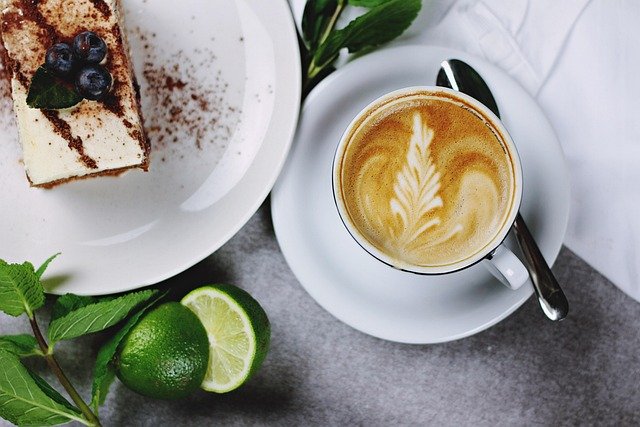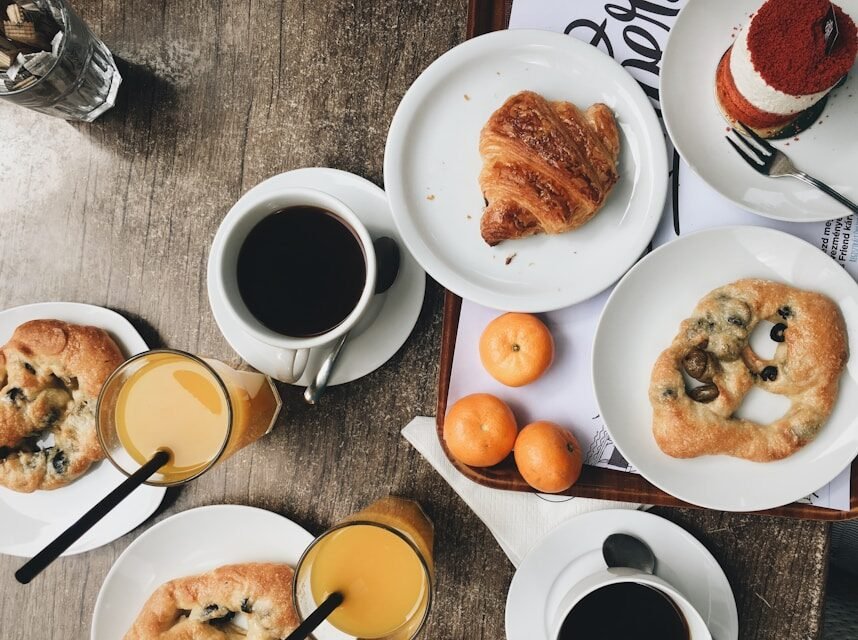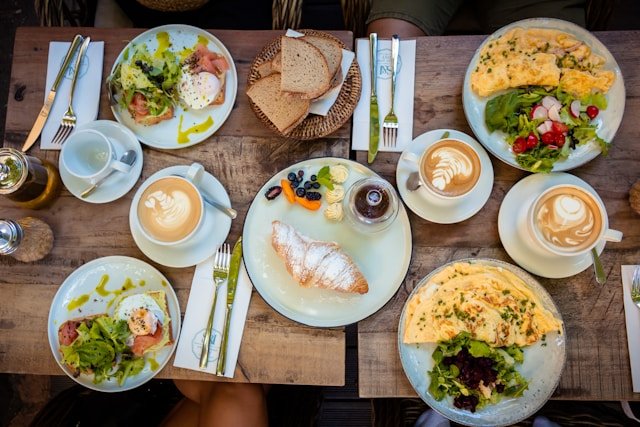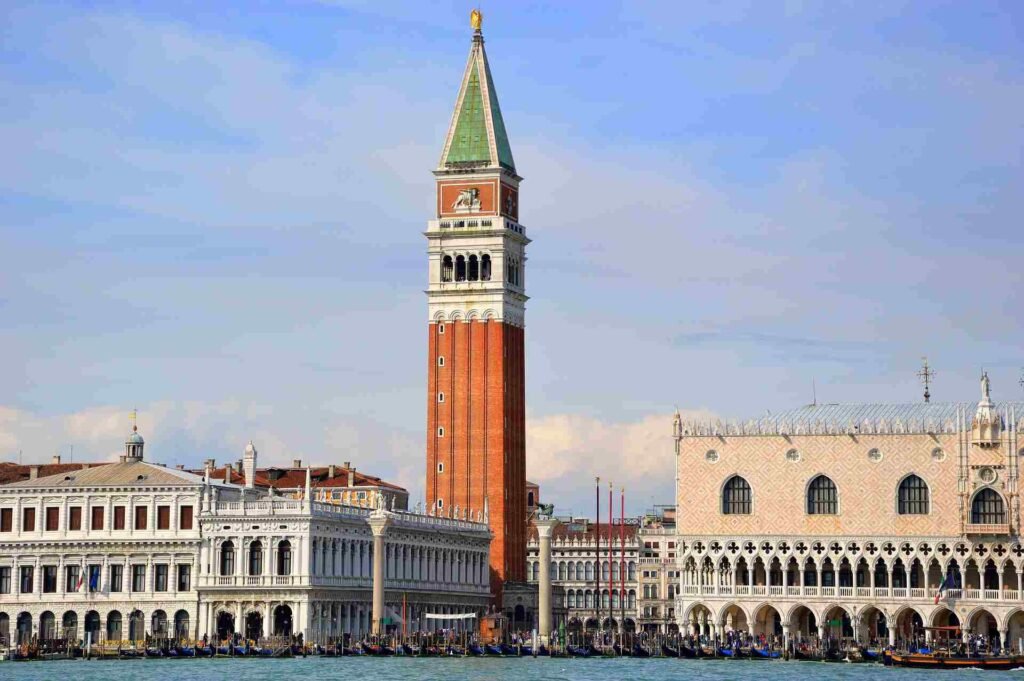When visiting Venice, it’s easy to get swept up in the beauty of the canals and historic landmarks. But if you really want to experience Venetian life, it’s important to start your day like a local—by enjoying a typical Venetian breakfast. Venetians keep breakfast simple but delicious, focusing on fresh, high-quality ingredients. In this guide, I’ll take you through the wonderful flavors, traditions, and costs associated with a Venetian breakfast. You’ll also learn the best places to enjoy it and some extra tips to get the most out of your morning meal in Venice.
A Simple Start to the Day
In Venice, breakfast is light and straightforward, focusing on fresh, high-quality items rather than large portions. Venetians prioritize convenience and taste, often opting for something sweet and pairing it with a perfectly brewed coffee.
Why the Simplicity?
Venetians typically reserve their heartier meals for lunch or dinner. Breakfast is considered a small boost of energy to kickstart the day.
The morning rush often dictates quick bites, especially for locals heading to work or school.
Where Is Breakfast Eaten?
Most Venetians enjoy breakfast at a bar (Italian-style café) or a pasticceria (pastry shop). Standing at the counter with a coffee and a pastry is common, and it’s a quick, affordable way to enjoy the first meal of the day.
Typical Breakfast Foods in Venice
There are various types of breakfast Venetians enjoy, like pastries, toasted bread, or tramezzini. Each morning treat has its own charm, from sweet flavors to savory delights. Let’s dive into the delicious world of Venetian breakfasts and discover what makes them so special!
Pastries
Pastries are the cornerstone of a traditional Venetian breakfast. These sweet treats are often baked fresh daily, with an emphasis on flaky textures and indulgent fillings.
Cornetto: Similar to a croissant but slightly sweeter. Venetians enjoy cornetti plain or filled with delicious options like jam, custard, or chocolate.
Flavor: Buttery, slightly sweet, with a soft texture.
Cost: Typically between €1.20 and €1.50.
Frittelle: A seasonal specialty enjoyed during Carnival, frittelle are deep-fried dough balls filled with cream, raisins, or zabaglione (a sweet wine-based custard).
Flavor: Warm, indulgent, with a hint of citrus or vanilla.
Cost: €2 to €3 per piece.
Krapfen: Similar to a doughnut, these pastries are round, fluffy, and filled with jam or custard.
Flavor: Sweet and pillowy with a creamy or fruity center.
Cost: Around €1.50 to €2.50.
Toasted Bread with Spread
If pastries aren’t your thing, Venetians also enjoy toasted bread with simple yet delicious spreads like butter and jam or Nutella. Pane tostato is an understated option that satisfies without being overly heavy.
Flavor: Lightly crispy bread complemented by sweet or creamy toppings.
Cost: €2 to €4, depending on the café.
Tramezzini These small, triangular sandwiches are a savory alternative to pastries. Though they’re more commonly associated with a mid-morning snack, some Venetians enjoy tramezzini for breakfast.
Popular fillings include tuna, egg, or ham with mayonnaise.
Cost: Around €1.50 to €2.50.
Venetian Coffee Culture

Coffee is an essential part of any Venetian breakfast. The art of coffee in Venice is more than just brewing; it’s about savoring the moment.
Espresso (Caffè) The classic choice for many Venetians, espresso is quick, strong, and energizing. It’s typically consumed in just a few sips while standing at the bar.
Flavor: Bold and intense.
Cost: €1 to €1.50, less if consumed standing at the counter.
Cappuccino A morning favorite, cappuccino is a blend of espresso, steamed milk, and frothy foam. Venetians enjoy it as a comforting, creamy option.
Flavor: Smooth and slightly sweet.
Cost: Around €1.50 to €2.50.
Macchiato For those who enjoy a touch of milk but prefer a stronger coffee flavor, macchiato (espresso “stained” with milk) is a popular choice.
Flavor: Balanced between strong and mild.
Cost: €1.20 to €1.50.
Caffè Latte This milder option contains more milk than a cappuccino, making it a comforting choice for those who prefer a lighter coffee experience.
Flavor: Creamy and warm.
Cost: Around €2 to €3.
Where to Have Breakfast in Venice

Venetians have breakfast early, often between 7:00 AM and 9:00 AM. Avoid cafés with excessive table service fees or marked-up prices near major attractions. Instead, find smaller pasticcerias or cafés tucked away in quieter streets.
Local Pasticcerias (Pastry Shops) Venetian pastry shops are the heart of breakfast culture. They’re known for their freshly baked goods and authentic atmosphere.
— Tip: Stand at the counter to enjoy your breakfast at the local price, as sitting often incurs additional fees.
— Cost: €2.50 to €3.50 for a pastry and coffee when consumed standing.
Cafés near Iconic Landmarks While tempting, breakfast near tourist-heavy areas like Piazza San Marco or the Rialto Bridge can be pricey.
— Tip: Look for smaller cafés on quieter streets to find affordable options.
— Cost: €5 to €8 for a seated breakfast.
Rialto Market Area
— If you’re near the famous Rialto Market, you’ll find small cafés offering local breakfast options with fresh ingredients.
How Much Does Breakfast Cost in Venice?
As I mentioned, breakfast and coffee can be quite expensive if you choose tourist spots. Most tourists make the mistake of wanting to have breakfast near San Marco or Rialto, where just one coffee can cost as much as an entire breakfast elsewhere. The same breakfast options are usually available at more reasonable prices in less touristy areas.
Breakfast in Venice can be surprisingly affordable if you follow these tips:
- Standing at the Bar: Most Venetians have their coffee and pastry standing at the bar, which costs less.
- Cost: Around €2.50–€3.50 for a pastry and an espresso.
- Sitting at a Table: If you choose to sit, especially at a tourist-heavy spot, the cost can double.
Cost: €5–€8 for the same items.(This is because they charge a cover fee for sitting at a table.)
Seasonal Specialties
Venetians love celebrating their cultural and culinary traditions, which means breakfast often includes seasonal delights:
Frittelle: Available during Carnival season (late January to February), these pastries are a must-try.
Colomba: A dove-shaped Easter cake that’s occasionally enjoyed as a morning treat.
Panettone and Pandoro: Sweet Christmas breads often served during the festive season.
Why Breakfast in Venice Is Special
Venetian breakfast isn’t just about food—it’s about the experience. Whether it’s the act of sipping a perfectly brewed espresso at a bustling bar or indulging in a flaky pastry while overlooking a quiet canal, breakfast here embodies the city’s charm.
Tradition: The simplicity and quality of a Venetian breakfast reflect the city’s culinary heritage.
Community: Breakfast is often a social moment for Venetians, a chance to connect before the day begins.
Atmosphere: The backdrop of Venice’s stunning architecture and serene canals adds an unmatched ambiance to even the simplest meal.
Venetians enjoy their morning meal not just for sustenance but for the tradition of savoring something delicious before starting the day. It’s a moment to pause, connect with friends or family, and appreciate the flavors of their city.
A Venetian breakfast might be simple, but it’s full of flavor and tradition. Whether you enjoy a buttery cornetto with an espresso or a slice of toasted bread with jam, you’ll be starting your day just like a local. With affordable prices, high-quality ingredients, and a welcoming atmosphere, breakfast in Venice is an experience you shouldn’t miss.



